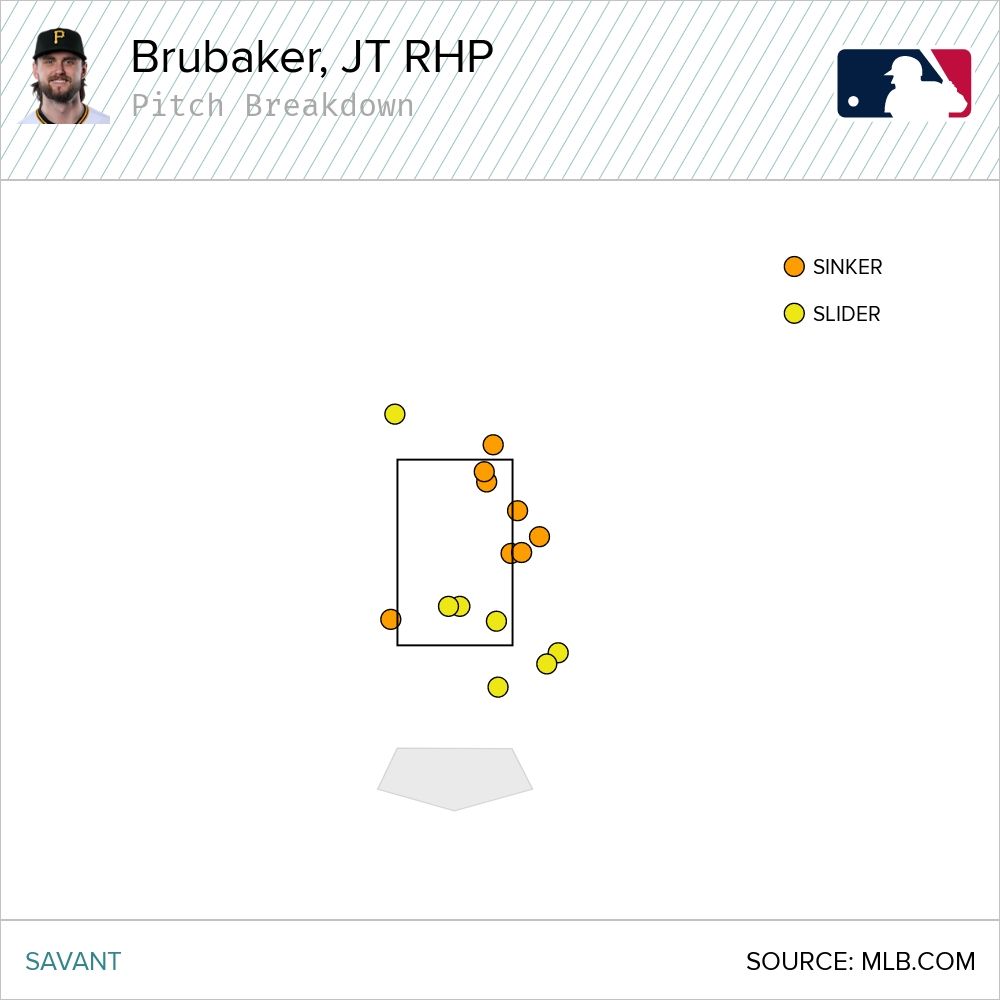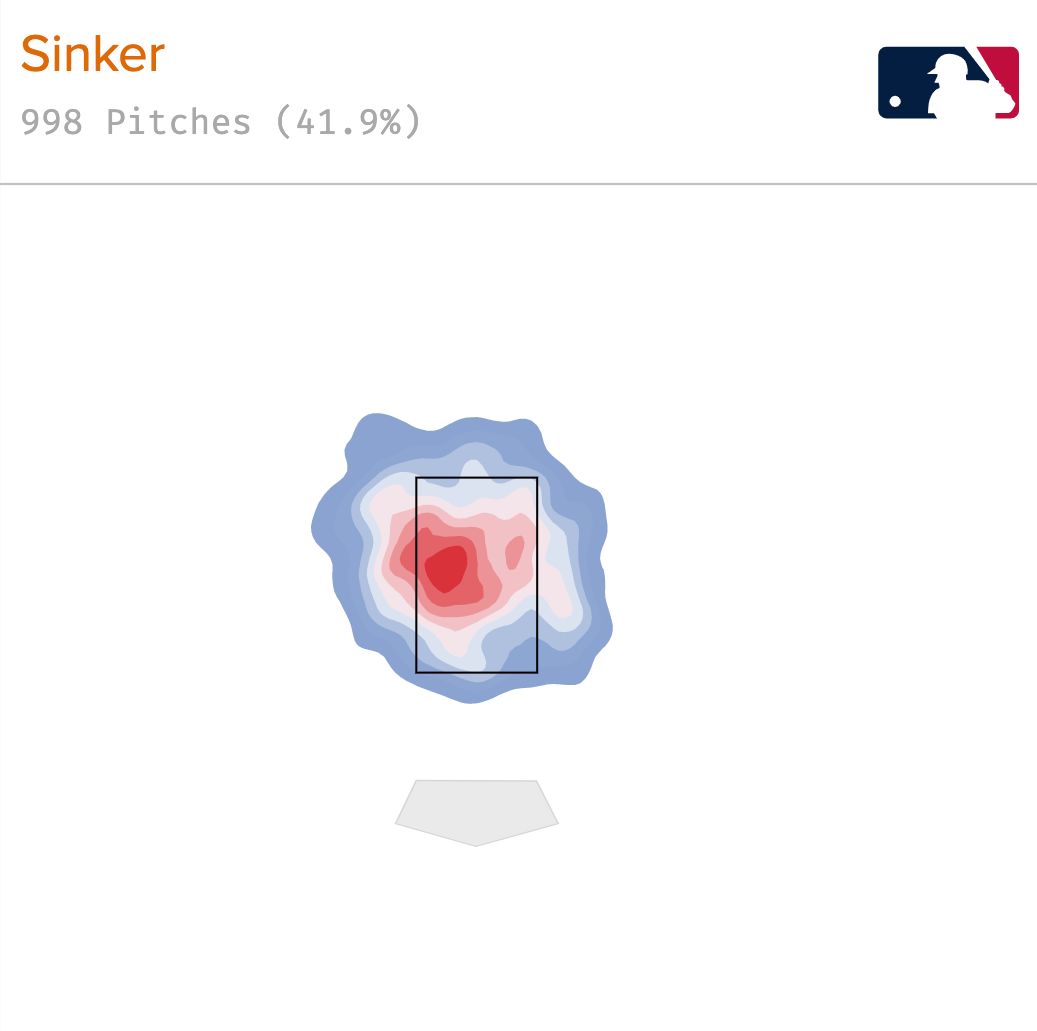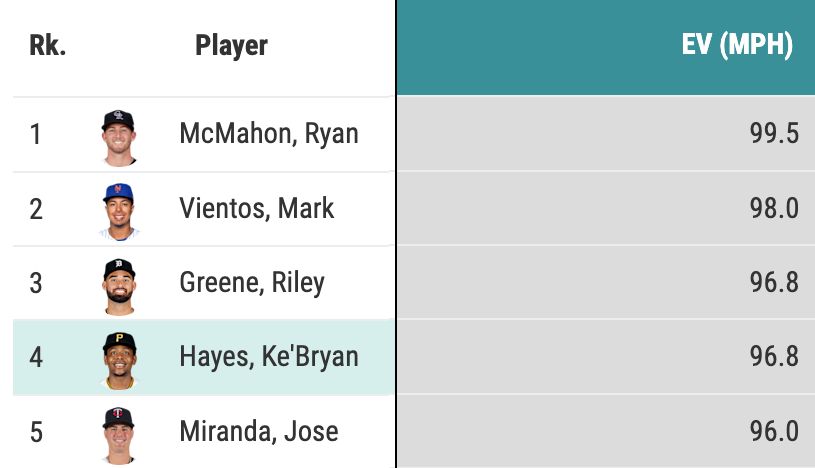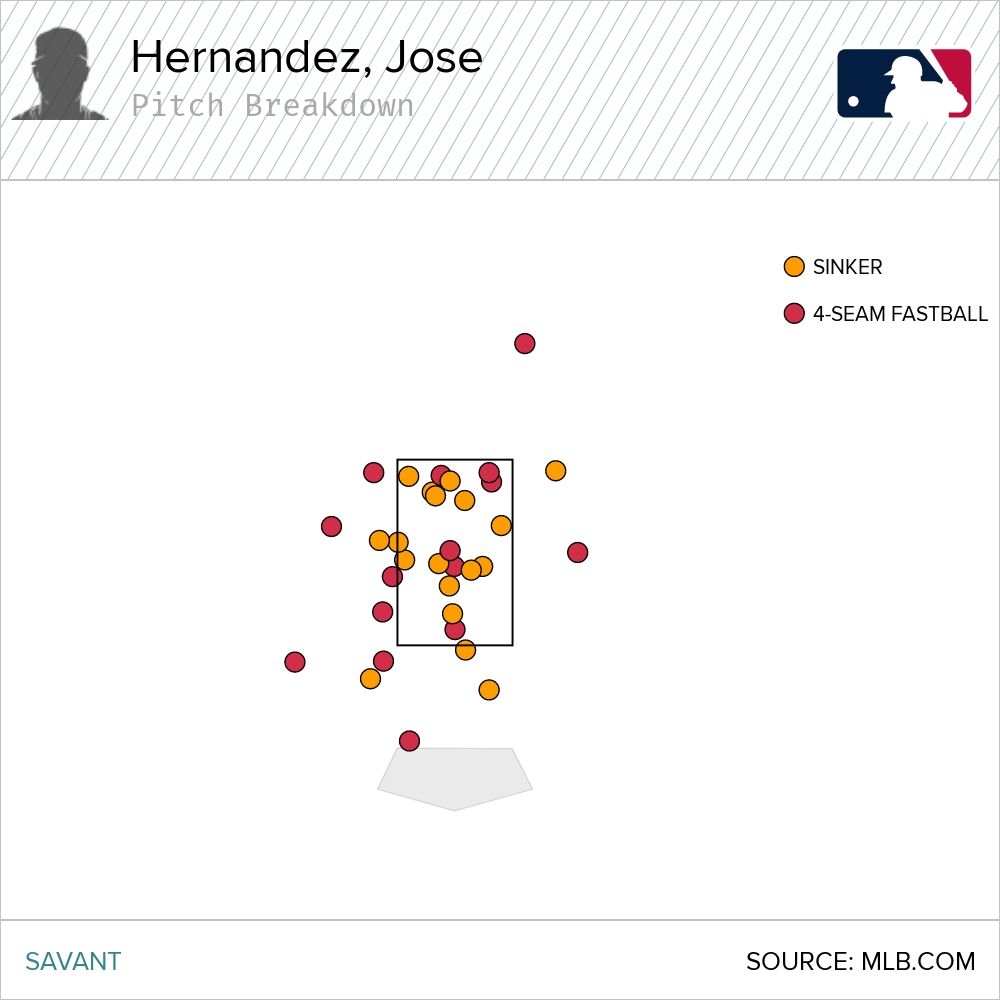BRADENTON, Fla. -- The spring training game schedule is approximately at its midpoint, which is the perfect intersection of not having a large enough sample size to draw any serious conclusions, but also enough of one that it's fair to raise an eyebrow.
Spring training stats do not matter. Everyone knows it. Bryan Reynolds got off to a slow spring start and then homered in back-to-back games this weekend. Don't overreact to either of them. He's still Bryan Reynolds.
With that said, that doesn't mean these games are worthless. They prepare players for the year ahead, and in many cases, we get a preview for what a player has worked on and if it is reflective on their peripherals. Spring training strikeouts and scoreless innings are good, but getting those punchouts with more spin or velocity is better. The latter could be an indicator for things to come.
We're taking a look at three players who have shown significant improvement in a peripheral this spring and if it could carry over to the regular season.
BRUBAKER'S K LOCATION
For someone who relies on a sinker as his primary fastball, JT Brubaker has always had some good strikeout numbers, averaging 9.2 K/9 and a 22.8% strikeout rate in 2022. He's taken that to a new level so far this spring, striking out 15 over his eight innings pitched.
The slider is typically Brubaker's best choice to get that third strike, and it has been the kill pitch on seven of those 15 strikeouts. The other eight, though? Sinkers. Sinkers to his glove side.
Here is the pitch chart to his strikeouts this spring:

What makes this notable is because he really threw that sinker to his hand side last year. He and the pitching team wanted to attack right-handers with that sinker more frequently, often by trying to jam them:

BASEBALL SAVANT
He hasn't shied away from trying to get in on the hands of lefties more this spring or to use the full plate against right-handers with that sinker. There are advantages to working to the hand side with that sinker -- trying to jam right-handers and giving the slider a better route to tunnel being two of them -- but Brubaker wants to emphasize the curveball a bit more this year. High fastballs will give him another opportunity to tunnel his pitches.
"It was just something we identified [and realize], yeah, we can use this a lot more," Brubaker told me earlier this spring about his curve. "It's gonna take pressure off of that slider rather than seeing the slider the whole time. It's gonna take pressure off that slider, two-seam, so I don't have just a two-pitch mix."
He may rely on that slider and sinker as his primary two offerings, but he isn't just a two-pitch pitcher, and if he keeps moving that sinker around, he may not have to rely on that slider to pick up half of his strikeouts.
HAYES' RISING EXIT VELO
Exit velocity was never Ke'Bryan Hayes' problem. Even battling a wrist injury in 2021 and his back and hip issues a year ago, he ranked in the 71st percentile in exit velocity in 2021 (90.2 mph average) and the 85th percentile in 2022 (91 mph). Finding a way to elevate the ball and maximize that hard contact (plus the health issues) were why he posted two below-average offensive campaigns.
He talked to me earlier this spring about his attack plan this season to boost his slugging percentage, and so far it seems to have translated, as he has pulled some hard contact and gone deep a couple of times. The results speak for themselves, but the peripherals look even better. Entering Sunday, he ranked fourth in baseball in exit velocity among hitters with at least 10 PAs:

BASEBALL SAVANT
Yeah, small sample size. Of course. But Hayes came to camp with over 15 pounds of new muscle, and it's showing up in the quality of contact he has made thus far:
We're going baaaaaaaaaack... pic.twitter.com/aRUVbEO0EQ
— Pittsburgh Pirates (@Pirates) March 11, 2023
Hayes talked this weekend about how his goal is to hit it to center, to the left of the batter's eye. Getting him to pull the ball has been a recurring struggle, but it's an area he has done quite well thus far.
This is a big year for Hayes, both to prove that he can stay healthy and to prove he can be a regular offensive contributor. He's shown that so far with a refined approach and that extra oomph off the bat. Now comes the health question, which he's also taking head on.
"In a perfect world, I think everyone would want to play all 162 (games)," Hayes said to Chris Halicke this week. "I don’t want to put a number out there. I just want to be available every single day. I wanted to do that last year, but it ended up not happening. Going into this year, I figured out things in the offseason that’ll make me feel the best I can each and every day. I’m sure there are going to be days where I don’t feel 100 percent. But, if I can be 75 out of 100 or 80 out of 100, being able to be out there for my team is big for me."
HERNANDEZ LIGHTING UP THE GUN
Rule 5 pick Jose Hernandez was one of several young relievers who came into camp with an opportunity to win a major-league job, and it seems safe to assume his odds of making the opening day roster improved once Jarlín García hit the shelf last week. He's raw, as one would expect from a Rule 5 pick who has yet to reach Class AAA, but he's pitched fearless this spring.
"We’re talking about running it up there at 97, 98 [mph, with a] power slider," Derek Shelton said earlier this spring. "...Very good first impression of him.”
Shelton might be underselling that velocity. He's not only touching 97 mph, he's averaging that speed on his fastball.
While hard-throwing lefties are not quite as rare as they used to be, but since the start of pitch tracking in 2008, there have still only been three individual southpaws to average 97 mph on their fastball over the course of a full season:
Aroldis Chapman (2010, 2012, 2013, 2014, 2016, 2017)
Garrett Crochet (2020)
José Alvarado (2021)
Velocity isn't everything, but last year, the league hit just .207 with a .312 slugging percentage against lefties throwing 97 mph and up. That's worth exploring further.
Again, Hernandez is raw, and for someone who doesn't get a ton of spin on that fastball, continuing to consistently attack up in the zone could be problematic:

But he's throwing hard, challenging hitters and made that good first impression. That counts for a lot when you're trying to make a big-league team.

